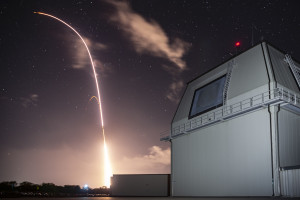
The House Armed Services Committee’s (HASC) strategic forces panel mark of the fiscal year 2023 defense authorization bill would require the Defense Department to report on missile defense issues in the Indo-Pacific Command region. Specifically, the mark requires the Secretary of Defense to report to the defense committees within 90 days of the act being enacted on the findings of a review conducted by the Secretary on the integrated air and missile defense sensor architecture needs for U.S. Indo-Pacific Command. …

 By
By 











